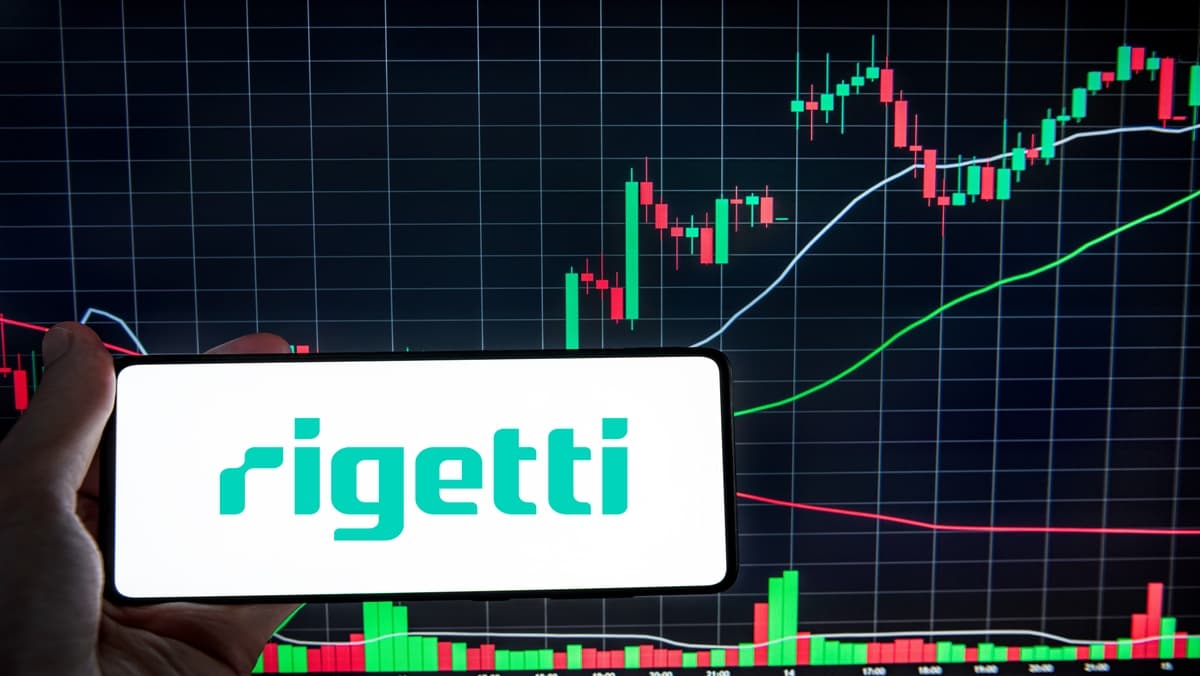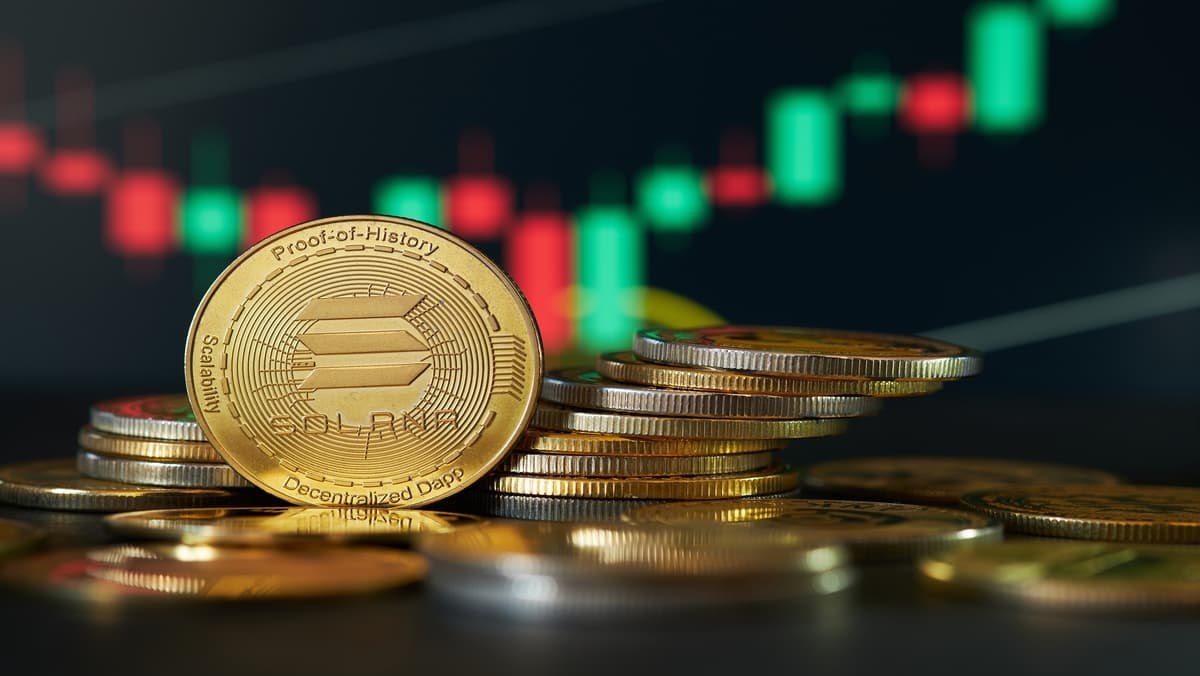Factors
Underlying Index Performance: 00770.TW tracks an index. Its price largely mirrors the index's movements. Positive index performance lifts the ETF's price; negative performance lowers it.
Investor Sentiment: Overall market optimism or pessimism impacts demand. High demand drives prices up; low demand pushes prices down.
Supply and Demand: High demand relative to available shares increases the price. Increased supply relative to demand reduces the price.
Expense Ratio: While not directly influencing daily price fluctuations, higher expense ratios erode returns over time, impacting its attractiveness and potentially its price.
Currency Exchange Rate: If the ETF holds assets denominated in foreign currencies, fluctuations in exchange rates can affect its value and price in the local currency.
Interest Rates: Changes in interest rates can impact bond yields (if the index contains bonds) and the relative attractiveness of stocks, indirectly affecting the ETF's price.
Global Economic Conditions: Broad economic factors like GDP growth, inflation, and unemployment can influence overall market performance and subsequently the ETF's price.
Fund Flows: Significant inflows increase demand, potentially raising the price. Outflows decrease demand, potentially lowering the price.
Political Events: Major political events, both domestic and international, can create market volatility, influencing investor sentiment and the ETF's price.
Company Performance: The performance of the companies included in the underlying index directly impacts the index's value and subsequently the ETF's price.
Sector Performance: If the ETF is heavily weighted towards a specific sector, the performance of that sector will significantly impact its price.
Liquidity: Higher liquidity generally leads to tighter bid-ask spreads and more stable prices, while lower liquidity can result in greater price volatility.
Regulatory Changes: Changes in regulations related to ETFs or the underlying assets can impact their attractiveness and price.
Technological Advancements: Advancements in technology, particularly in sectors heavily represented in the underlying index, can influence investor sentiment and price.
Commodity Prices: If the underlying index has exposure to commodity-related companies, changes in commodity prices can affect the ETF's price.
Geopolitical Risks: Escalation of geopolitical risks, such as trade wars or military conflicts, can lead to market uncertainty and influence the ETF's price.
Inflation: Changes in inflation rates can impact corporate earnings and investor sentiment, affecting the performance of the underlying index and the ETF's price.
Monetary Policy: Central bank decisions regarding interest rates and quantitative easing can influence market liquidity and investor behavior, thereby impacting the ETF's price.
Dividend Yield: A higher dividend yield can make the ETF more attractive to income-seeking investors, potentially increasing demand and supporting the price.
News and Events: Significant news events related to companies or sectors within the underlying index can cause immediate price fluctuations.
Valuation Multiples: Changes in valuation multiples (e.g., P/E ratio) of companies within the underlying index can reflect investor sentiment and affect the ETF's price.
Natural Disasters: Major natural disasters can disrupt economic activity and impact company performance, influencing the value of the underlying index and the ETF's price.
Technological Disruptions: Disruptive technologies can impact specific industries and companies, affecting the composition and performance of the underlying index and the ETF's price.
Social and Demographic Trends: Shifts in social and demographic trends can influence consumer behavior and company performance, indirectly impacting the ETF's price.
Government Policies: Government policies related to trade, taxation, and regulation can affect the profitability of companies within the underlying index and the ETF's price.
Credit Ratings: Changes in the credit ratings of companies included in the underlying index can impact investor confidence and the ETF's price.
Exchange Rate Fluctuations: If the underlying index holds securities traded in different currencies, exchange rate fluctuations can affect the overall value of the index and the ETF's price.
Economic Indicators: Economic indicators such as employment rates, inflation rates, and GDP growth can influence investor sentiment and market volatility, thereby affecting the ETF's price.
Global Supply Chain Disruptions: Disruptions to global supply chains can impact company performance and investor sentiment, influencing the value of the underlying index and the ETF's price.
Environmental Factors: Growing concerns about environmental sustainability and climate change can influence investor sentiment towards companies within the underlying index and the ETF's price.
Political Stability: The level of political stability within countries where the underlying index holds securities can impact investor confidence and the ETF's price.
Geopolitical Tensions: Increased geopolitical tensions between countries can lead to market uncertainty and volatility, affecting the performance of the underlying index and the ETF's price.
Global Trade Relations: Changes in global trade relations, such as tariffs and trade agreements, can impact company performance and investor sentiment, influencing the ETF's price.
Commodity Market Volatility: Increased volatility in commodity markets can impact commodity-related companies within the underlying index and the ETF's price.
Interest Rate Hikes: Sudden or unexpected interest rate hikes can lead to increased market volatility and impact the performance of the underlying index and the ETF's price.
Economic Slowdowns: Economic slowdowns or recessions can lead to decreased corporate earnings and investor sentiment, affecting the performance of the underlying index and the ETF's price.
Technological Innovation: Breakthroughs in technological innovation can disrupt existing industries and impact the performance of companies within the underlying index and the ETF's price.
Government Regulations: Changes in government regulations, such as environmental regulations or labor laws, can impact company profitability and the ETF's price.
Currency Devaluation: A significant devaluation of a currency in which the underlying index holds securities can negatively impact the ETF's price.
Investor Confidence: The overall level of investor confidence in the market and the economy can influence demand for ETFs and their price.
Market Volatility: Periods of high market volatility can lead to increased trading activity and price swings in ETFs.
Liquidity Conditions: The overall liquidity of the market can impact the ease of trading ETFs and their price.
Global Economic Growth: Strong global economic growth can lead to increased corporate earnings and investor sentiment, supporting the performance of the underlying index and the ETF's price.
Geopolitical Stability: A stable geopolitical environment can promote investor confidence and reduce market volatility, positively impacting the ETF's price.
Inflation Expectations: Rising inflation expectations can lead to concerns about future interest rate hikes and impact investor sentiment, potentially affecting the ETF's price.
Investor Risk Appetite: Changes in investor risk appetite can influence demand for different types of ETFs and their price.
Quantitative Easing: Central bank quantitative easing programs can inject liquidity into the market and support asset prices, including ETFs.
Economic Data Releases: Key economic data releases, such as GDP growth, inflation rates, and unemployment figures, can trigger market reactions and impact ETF prices.
Corporate Earnings Reports: Corporate earnings reports can provide insights into the financial performance of companies within the underlying index and influence the ETF's price.
Global Events: Major global events, such as elections or geopolitical conflicts, can create market uncertainty and impact ETF prices.
Financial Market Conditions: Overall financial market conditions, such as interest rates, credit spreads, and liquidity levels, can influence investor sentiment and ETF prices.
The Fund Management Company's reputation: The reputation and experience of the fund management company can affect investor confidence and demand for the ETF, ultimately influencing its price.
The trading volume of ETF: High trading volume generally leads to tighter bid-ask spreads and more stable prices, while lower trading volume can result in greater price volatility.














